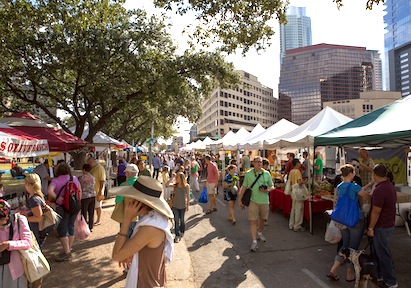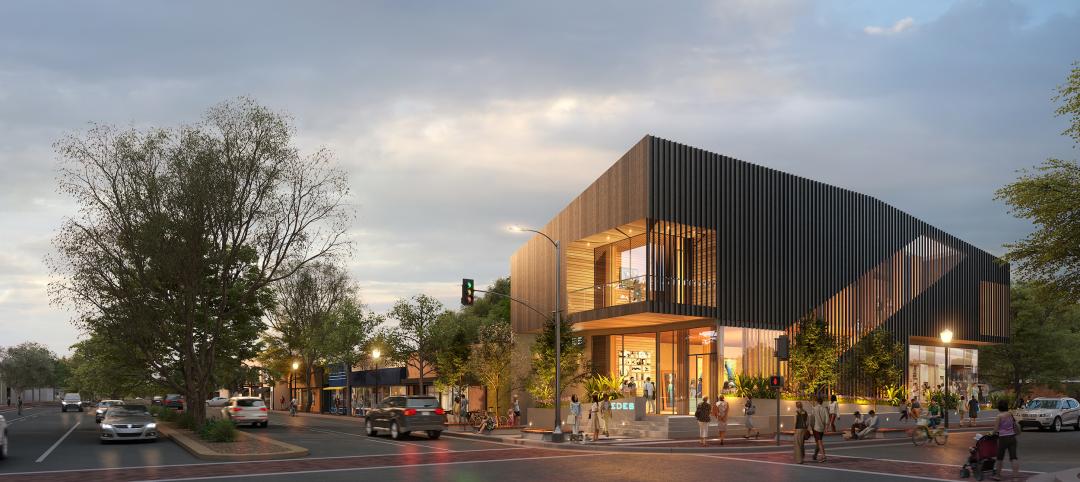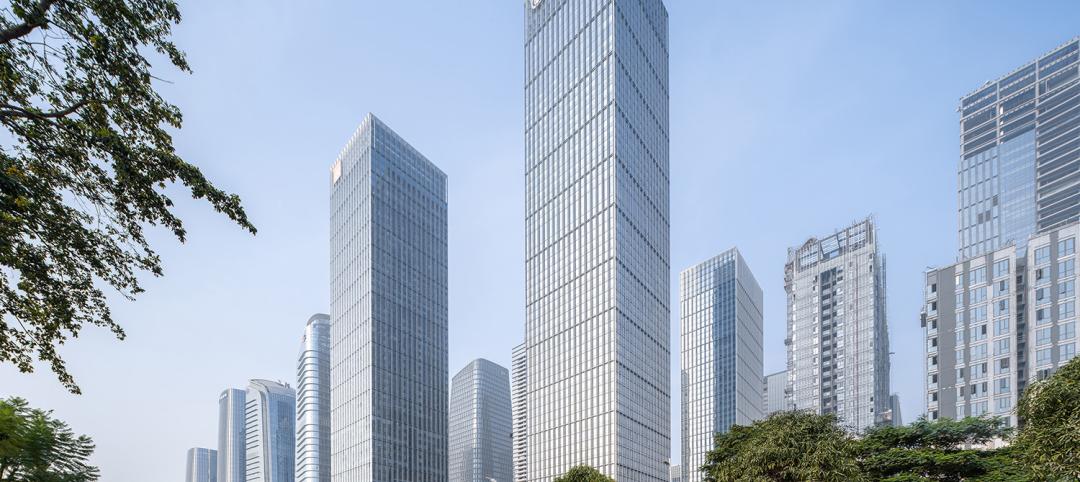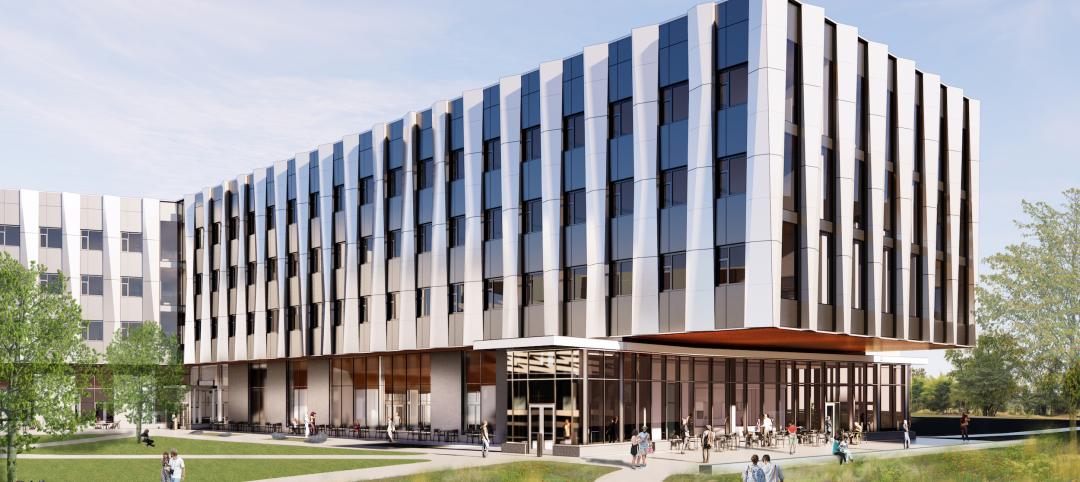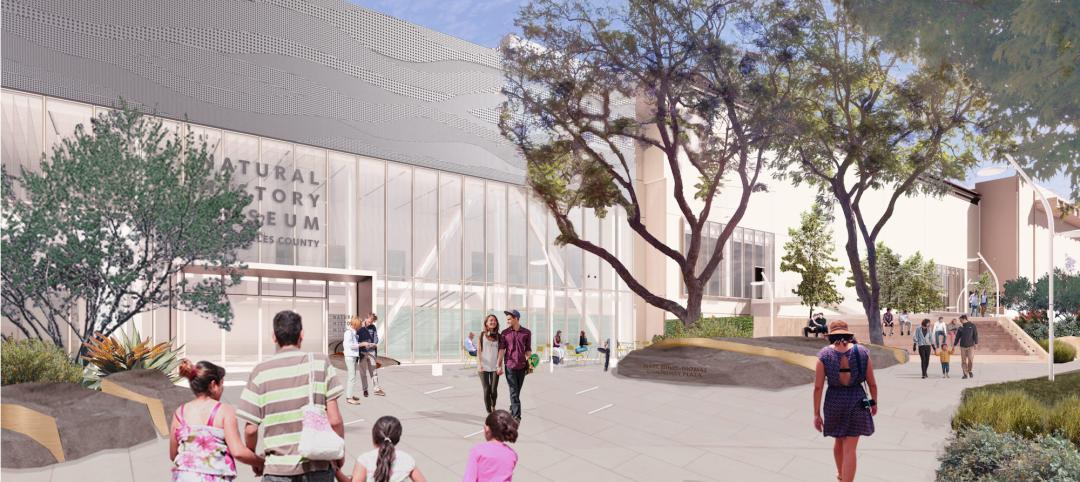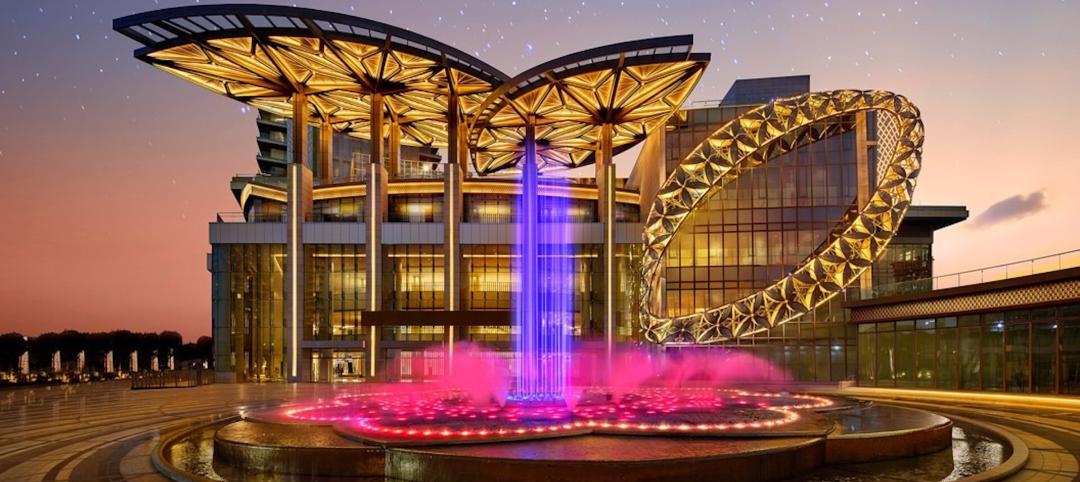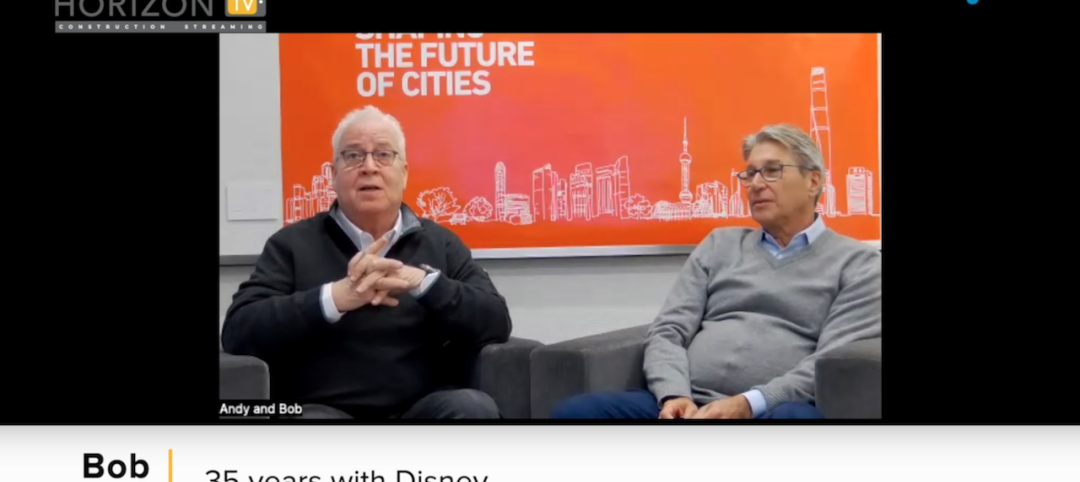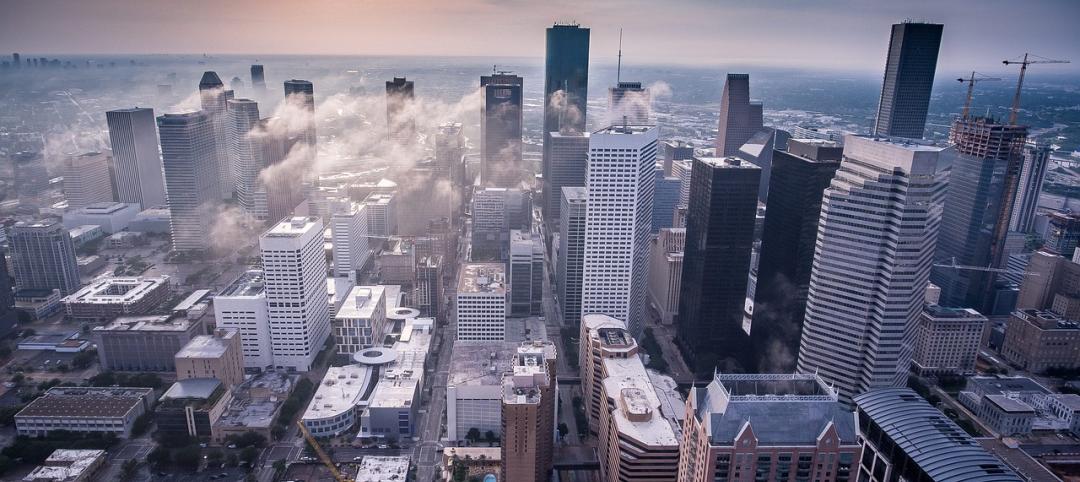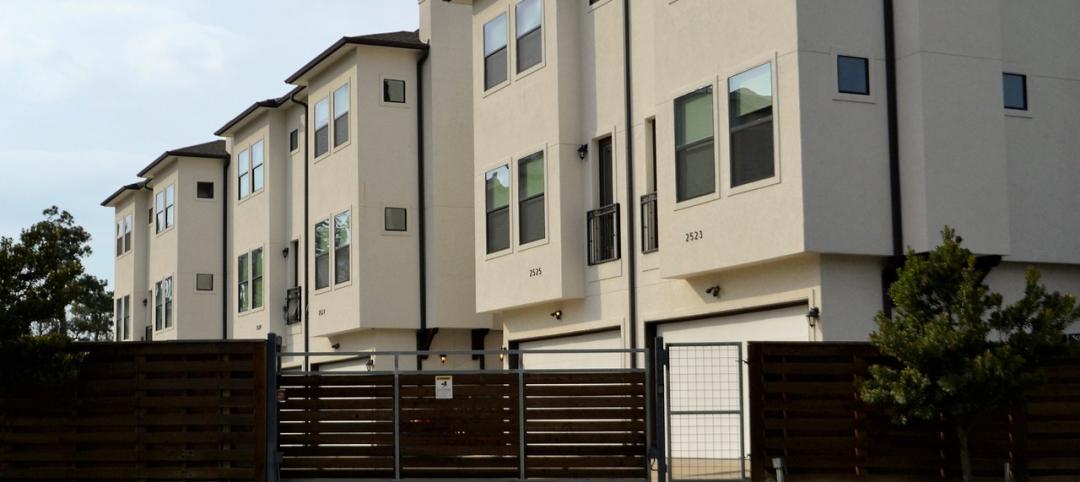A new study released by planning and design firm Sasaki Associates has found that food is a major driver of the American urban experience: 82 percent of urbanites appreciate their city’s culinary offerings, and a new restaurant is the top reason the majority of them (46 percent) would venture to a new part of their city. This is compared to 25 percent of people who are incentivized by a new store and 16 percent by a sporting event.
These preferences vary by region, however, with Bostonians most likely to be enticed by a new restaurant (59 percent) versus New Yorkers (34 percent), whose apparent abundance of choice ranked them lowest on this question. And the majority of people (41 percent) consider food and restaurants to be the most outstanding aspect of cities they love to visit.
Working with an independent research firm, Sasaki developed “The State of the City Experience,” which surveyed 1,000 people living and working in one of six cities: Boston, New York, San Francisco, Chicago, Austin, and Washington DC. The findings—and Sasaki’s insights—related to architecture, activities, parks, and transportation have major implications for cities, planners, and designers.
Beyond food, respondents also enjoy consumer activities such as shopping and going out to eat (56 percent) the most, followed by programmed events such as farmer’s markets, outdoor concerts and food trucks (45 percent). And they want more: 46 percent of respondents said they want their cities to invest in more community-focused events and attractions such as farmer’s markets, swap meets, and food trucks for their open spaces.
As for buildings, people love historic structures. When asked what makes a building iconic, most said it was its history (36 percent). And when walking along a downtown street, most people will stop to admire buildings that are historic (57 percent), versus those featuring public art, modern design, or their city’s tallest buildings.Regionally, Bostonians are the biggest admirers of historic buildings (63 percent), while San Franciscans are more likely to be attracted to buildings that prominently feature public art or very unique design elements (47 percent). Residents of Chicago, which has the nation’s tallest building, are more likely to admire skyscrapers (23 percent).
To improve their city’s architectural character, more than half of respondents (54 percent) would like to see their city renovating historical buildings, compared with22 percent who would like more unusual architecture.
“While those surveyed were unimpressed with modern architecture, we believe it is because today’s contemporary buildings tend to prioritize quantity and speed over quality and mission,” said Sasaki principal Victor Vizgaitis, AIA. “As planners and designers, our job is to understand what people want and balance these desires with the big picture—economic realities, cultural needs, environmental concerns, and design opportunities—ultimately helping to shape a more satisfying and sustainable urban experience.”
When it comes to the built environment, shared public spaces rule the day. Most people remember their favorite city experience taking place in a park or on a street (65 percent) compared to just 22 percent who said that special moment occurred in a private building. This is especially true among New Yorkers.
Reflecting a national trend of cities reclaiming their waterfronts, areas along rivers, lakes, or the ocean are the most popular open spaces across the country (47 percent) compared to 14 percent who prefer small urban parks or 8 percent who like their city’s trail systems.
So, what do Americans hate the most about their cities? Traffic. Overall, 41 percent percent say it’s what frustrates them the most, followed by not enough parking (23 percent) and poor public transportation (14 percent). This provides great opportunity for new technologies to rethink how vehicles can be used more effectively by urbanites, both in terms of commuting and sustainability.
Despite transportation frustrations, 60 percent of city dwellers plan to stay put in the next five years, either living where they do now or in a different part of the city.
The infographic below summarizes key findings. For the full report: www.sasaki.com/greatcity
Methodology
Sasaki commissioned independent research firm Equation Research to survey 1,000 people who live across six cities: Austin, Boston, Chicago, New York, San Francisco, and Washington DC. The study was conducted in May 2014.
About Sasaki
Collaboration is one of today's biggest buzzwords—but at Sasaki, it's at the core of what we do. We see it not just as a working style, but as one of the fundamentals of innovation. Our practice comprises architecture, interior design, planning, urban design, landscape architecture, graphic design, and civil engineering, as well as financial planning and software development. Among these disciplines, we collaborate in equilibrium. From our headquarters in Watertown, Massachusetts, we work locally, nationally, and globally. For more information about Sasaki, please visit: http://www.sasaki.com.
Related Stories
Mass Timber | Jun 13, 2023
Mass timber construction featured in two-story mixed-use art gallery and wine bar in Silicon Valley
The Edes Building, a two-story art gallery and wine bar in the Silicon Valley community of Morgan Hill, will prominently feature mass timber. Cross-laminated timber (CLT) and glulam posts and beams were specified for aesthetics, biophilic properties, and a reduced carbon footprint compared to concrete and steel alternatives.
Mixed-Use | Jun 12, 2023
Goettsch Partners completes its largest China project to date: a mixed-used, five-tower complex
Chicago-based global architecture firm Goettsch Partners (GP) recently announced the completion of its largest project in China to date: the China Resources Qianhai Center, a mixed-use complex in the Qianhai district of Shenzhen. Developed by CR Land, the project includes five towers totaling almost 472,000 square meters (4.6 million sf).
Engineers | Jun 12, 2023
Stantec to acquire Environmental Systems Design
Stantec, a global leader in sustainable design and engineering, has signed an agreement to acquire Environmental Systems Design, Inc. (ESD), a 270-person engineering firm headquartered in Chicago. Founded in 1967, ESD has built a reputation for excellence and innovation in high-performance design with a roster of industry-leading clients. The terms of the transaction are not disclosed.
University Buildings | Jun 9, 2023
Cornell’s new information science building will foster dynamic exchange of ideas and quiet, focused research
Construction recently began on Cornell University’s new 135,000-sf building for the Cornell Ann S. Bowers College of Computing and Information Science (Cornell Bowers CIS). The structure will bring together the departments of Computer Science, Information Science, and Statistics and Data Science for the first time in one complex.
Museums | Jun 6, 2023
New wing of Natural History Museums of Los Angeles to be a destination and portal
NHM Commons, a new wing and community hub under construction at The Natural History Museums (NHM) of Los Angeles County, was designed to be both a destination and a portal into the building and to the surrounding grounds.
Performing Arts Centers | Jun 6, 2023
Mumbai, India’s new Nita Mukesh Ambani Cultural Centre has three performing arts venues
In Mumbai, India, the recently completed Nita Mukesh Ambani Cultural Centre (NMACC) will showcase music, theater, and fine arts from India and from across the globe. Atlanta’s TVS Design served as the principal architect and interior designer of both the cultural center and the larger, adjacent Jio World Centre.
Architects | Jun 6, 2023
Taking storytelling to a new level in building design, with Gensler's Bob Weis and Andy Cohen
Bob Weis, formerly the head of Disney Imagineering, was recently hired by Gensler as its Global Immersive Experience Design Leader. He joins the firm's co-CEO Andy Cohen to discuss how Gensler will focus on storytelling to connect people to its projects.
Codes and Standards | Jun 6, 2023
California’s new power grid modernization plan furthers ambitious climate goals
California’s new $7.3 billion grid modernization plan is a crucial step in furthering its ambitious climate goals. The board of governors for the California Independent System Operator (CAISO), the state’s grid operator, recently approved a strategy to build thousands of miles of new high-voltage transmission lines.
Mixed-Use | Jun 6, 2023
Public-private partnerships crucial to central business district revitalization
Central Business Districts are under pressure to keep themselves relevant as they face competition from new, vibrant mixed-use neighborhoods emerging across the world’s largest cities.
Multifamily Housing | Jun 6, 2023
Minnesota expected to adopt building code that would cut energy use by 80%
Minnesota Gov. Tim Walz is expected to soon sign a bill that would change the state’s commercial building code so that new structures would use 80% less energy when compared to a 2004 baseline standard. The legislation aims for full implementation of the new code by 2036.


